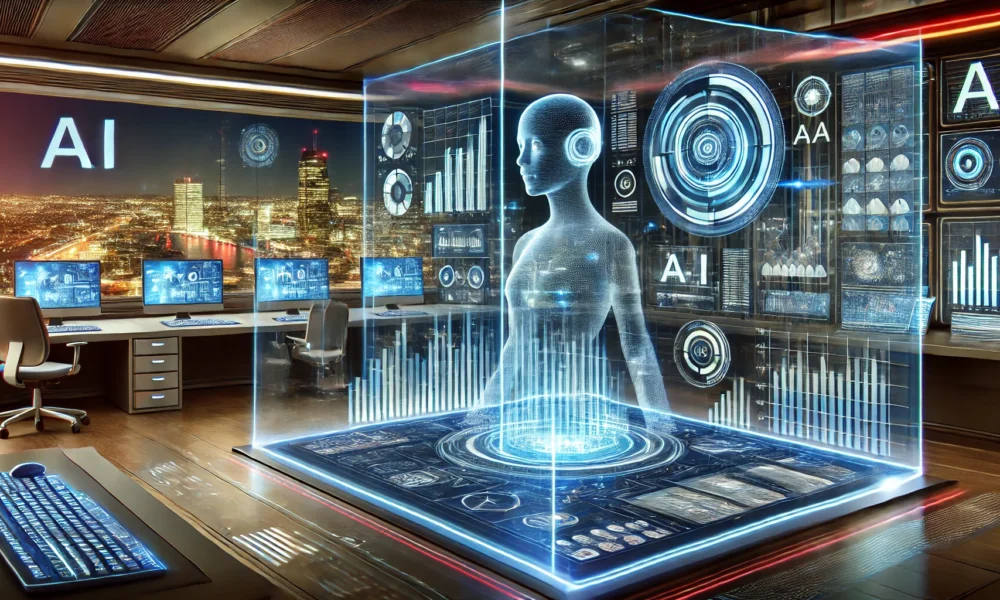Unlocking the Power of Artificial Intelligence with Accurate Information Retrieval
Artificial Intelligence (AI) is revolutionizing industries, enhancing efficiency, and unlocking new capabilities. From virtual assistants like Siri and Alexa to advanced data analysis tools in finance and healthcare, the potential of AI is immense. However, the effectiveness of AI systems hinges on their ability to retrieve and generate accurate and relevant information.
Enhancing AI Systems with Retrieval-Augmented Generation (RAG)
As businesses increasingly turn to AI, the need for precise and relevant information is more critical than ever. Enter Retrieval-Augmented Generation (RAG), an innovative approach that combines the strengths of information retrieval and generative models. By leveraging the power of RAG, AI can retrieve data from vast repositories and produce contextually appropriate responses, addressing the challenge of developing accurate and coherent content.
Empowering RAG Systems with BM42
To enhance the capabilities of RAG systems, BM42 emerges as a game-changer. Developed by Qdrant, BM42 is a state-of-the-art retrieval algorithm designed to improve the precision and relevance of retrieved information. By overcoming the limitations of previous methods, BM42 plays a vital role in enhancing the accuracy and efficiency of AI systems, making it a key development in the field.
Revolutionizing Information Retrieval with BM42
BM42 represents a significant evolution from its predecessor, BM25, by introducing a hybrid search approach that combines keyword matching with vector search methods. This dual approach enables BM42 to handle complex queries effectively, ensuring precise retrieval of information and addressing modern challenges in information retrieval.
Driving Industry Transformation with BM42
Across industries such as finance, healthcare, e-commerce, customer service, and legal services, BM42 holds the potential to revolutionize operations. By providing accurate and contextually relevant information retrieval, BM42 empowers organizations to make informed decisions, streamline processes, and enhance customer experiences.
Unlocking the Future with BM42
In conclusion, BM42 stands as a beacon of progress in the world of AI, elevating the precision and relevance of information retrieval. By integrating hybrid search mechanisms, BM42 opens up new possibilities for AI applications, driving advancements in accuracy, efficiency, and cost-effectiveness across varied industries. Embrace the power of BM42 to unlock the full potential of AI in your organization.
-
What is BM42 and how does it elevate Retrieval-Augmented Generation (RAG)?
BM42 is a cutting-edge AI model that enhances retrieval-augmented generation (RAG) by improving accuracy and efficiency in generating text-based responses using retrieved knowledge. -
How does BM42 improve accuracy in RAG compared to other models?
BM42 employs advanced techniques such as self-supervised learning and context-aware embeddings to better understand and utilize retrieved information, resulting in more accurate and contextually relevant text generation. -
Can BM42 be easily integrated into existing RAG systems?
Yes, BM42 is designed to be compatible with most RAG frameworks and can be seamlessly integrated to enhance the performance of existing systems without requiring major modifications. -
How does BM42 handle complex or ambiguous queries in RAG scenarios?
BM42 leverages a combination of advanced language models and semantic understanding to effectively interpret and respond to complex or ambiguous queries, ensuring accurate and informative text generation. - What are the potential applications of BM42 in real-world settings?
BM42 can be used in a wide range of applications such as customer support chatbots, information retrieval systems, and content creation platforms to improve the accuracy and efficiency of text generation based on retrieved knowledge.


